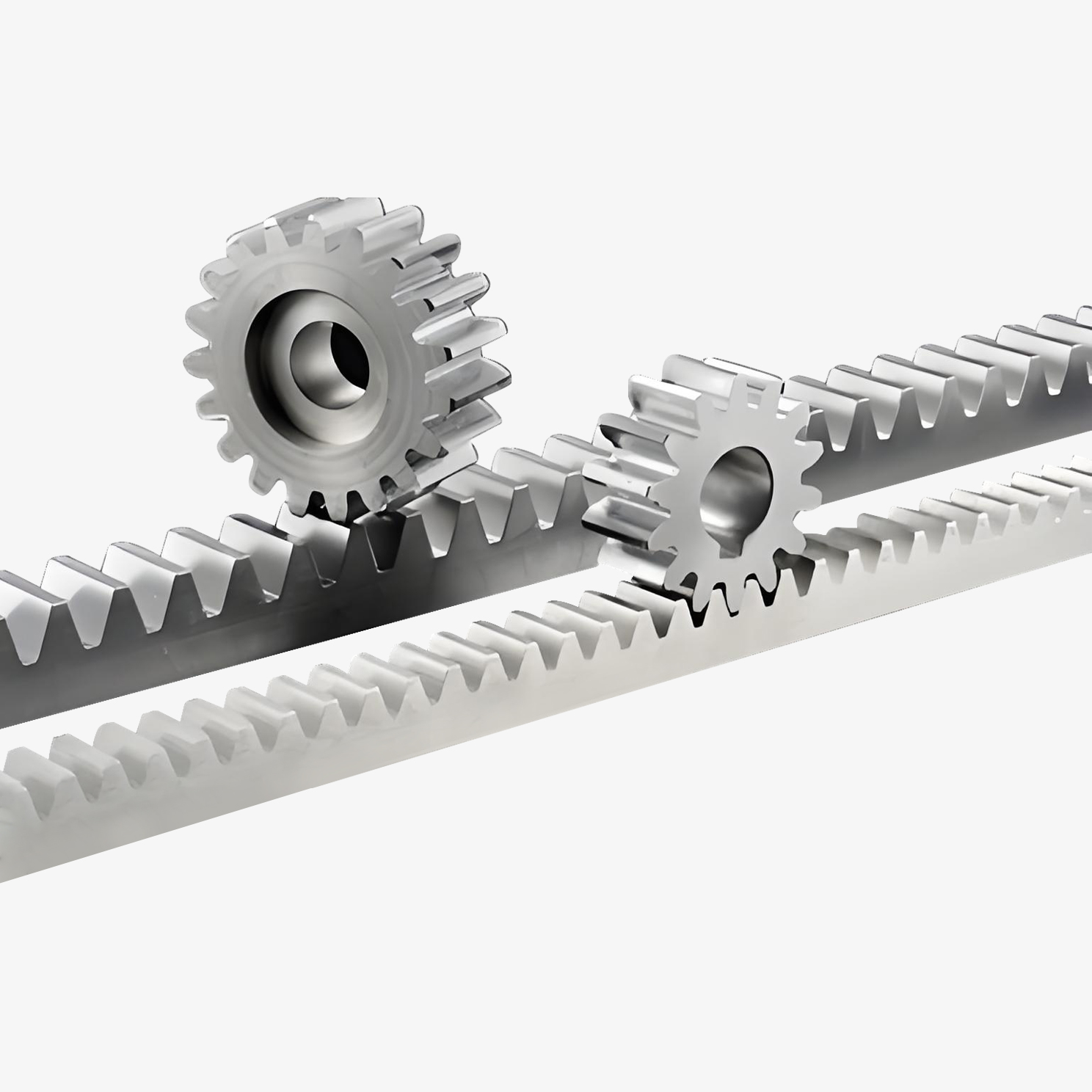No. 200 Gaoxin RD, Shanghua St, Lanxi, Zhejiang, P. R China
The multiple sizes high precision rack pinion gear system is an essent...
See DetailsThe pressure bearing capacity of rack pinion gears is a fundamental performance metric that directly affects their operational reliability and lifespan. Rack pinion gear sets consist of a linear rack and a circular pinion, which engage to convert rotational motion into linear motion. The pressure bearing capacity refers to the contact pressure the gear teeth can withstand before experiencing excessive wear, deformation, or failure.

Rack pinion gears come in multiple sizes, with variations in module, tooth height, width, and material composition. Each of these factors influences the pressure bearing capacity. Larger modules typically have wider and deeper teeth, allowing for greater load distribution and increased pressure capacity. Conversely, smaller modules are designed for precision and lighter loads but require careful attention to avoid overload.
Material choice plays a crucial role in pressure capacity. High-strength alloy steels, often heat-treated for hardness, are preferred for heavy-duty applications. Stainless steel variants are used where corrosion resistance is also required, although they may offer slightly lower load capacities due to differences in hardness and toughness.
Manufacturing quality affects pressure bearing capacity as well. Gear teeth with accurate profiles and smooth surface finishes promote even load distribution, reducing localized stress concentrations. This minimizes premature wear and prolongs service life.
The rotating sliding gate steel wheel is a pivotal component in the smooth and reliable operation of sliding gates commonly used in industrial and residential settings. These wheels bear the load of the gate and facilitate its horizontal movement along a track, often under considerable weight and frequent use.
Constructed primarily from hardened steel or stainless steel, these wheels are designed to resist deformation and wear. The steel construction offers high load-bearing capacity and durability, essential for gates subject to frequent opening and closing cycles or carrying heavy panels.
A key feature of rotating sliding gate steel wheels is their ability to pivot or rotate on an axis, which aids in negotiating slight misalignments in the track or changes in direction. This rotational capability reduces friction and mechanical stress, preventing binding and uneven wear on both the wheel and the track.
Industrial gate wheels are designed to withstand demanding conditions encountered in commercial and heavy-duty gate systems. These wheels support gates that may weigh several hundred kilograms and operate frequently in environments ranging from manufacturing facilities to logistics hubs.
Typically made from reinforced materials such as cast steel, nylon-coated steel, or polyurethane over metal cores, industrial gate wheels balance strength, load capacity, and operational smoothness. The choice of material depends on factors such as load requirements, environmental exposure, and noise considerations.
Durability is paramount. Industrial gate wheels must resist abrasion, impact, and corrosion, especially when exposed to outdoor elements or chemical agents. Polyurethane-coated wheels offer reduced noise levels and track wear, making them suitable for sensitive environments, while steel or cast iron wheels excel in high-load, rugged applications.
The wheel assemblies often include precision bearings, such as sealed ball or tapered roller bearings, to reduce friction and enable smooth motion. This is critical in high-cycle applications, where frequent use could accelerate wear if bearings are inadequate.
Installation flexibility is another important feature. Many industrial gate wheels are designed with adjustable mounting brackets or modular assemblies, facilitating easy replacement and alignment during routine maintenance.